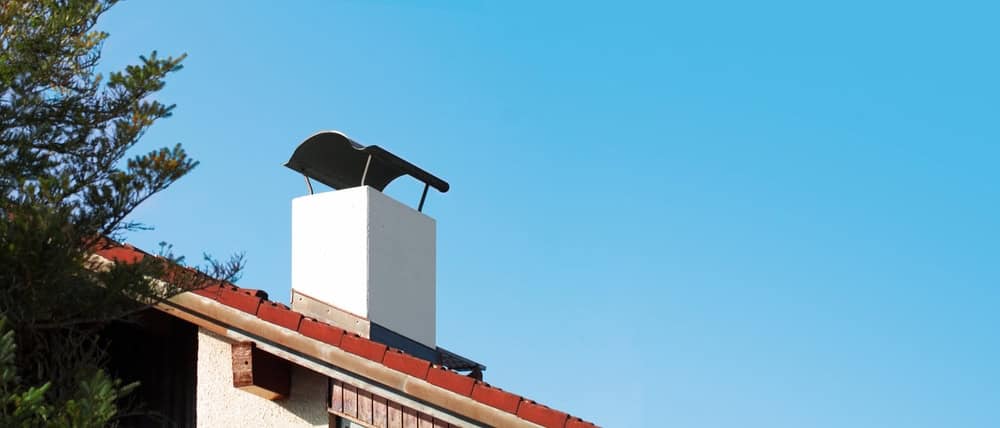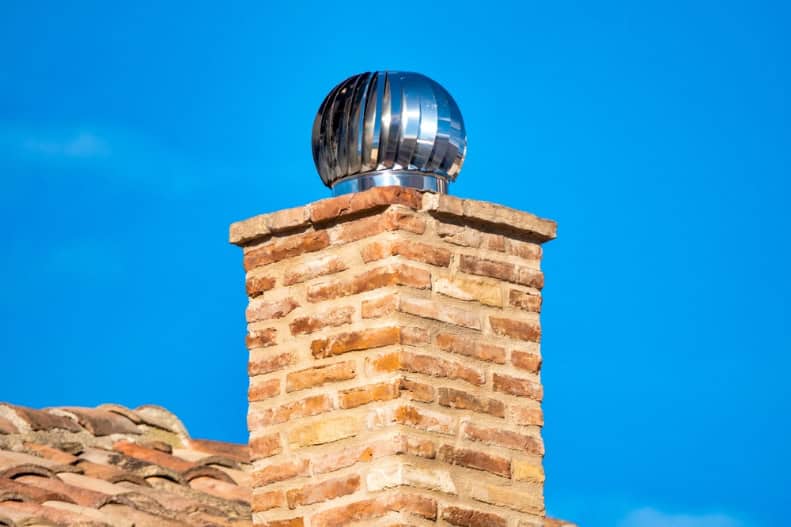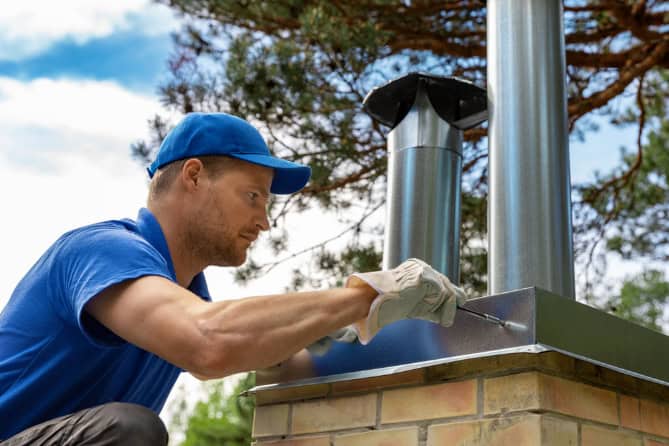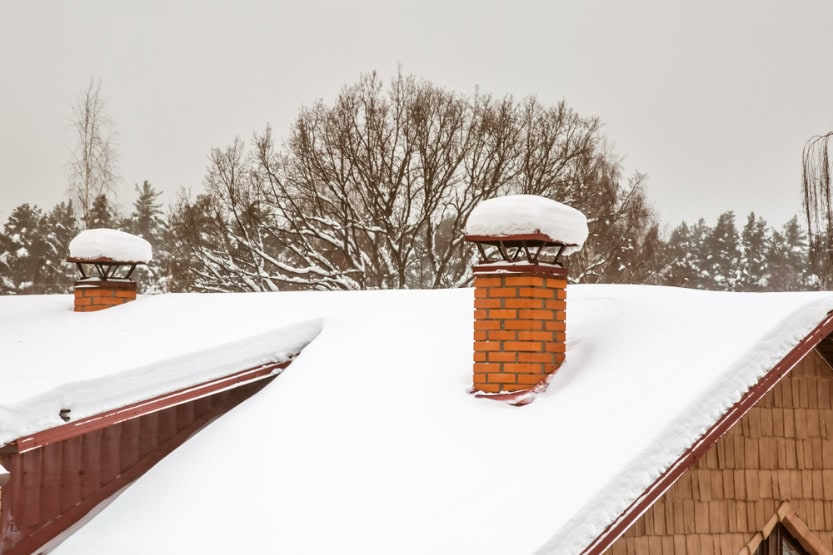Professional chimney cap installation that actually protects your home from Rhode Island’s harsh weather year-round.

Hear from Our Customers

Your chimney cap isn’t just a metal cover—it’s your first line of defense against water damage, animal intrusion, and costly repairs. When installed correctly with quality materials, you’ll never worry about winter storms sending water down your chimney again.
A properly fitted stainless steel chimney cap keeps rain, snow, and debris out while allowing smoke to escape freely. You’ll also eliminate the surprise of finding birds, squirrels, or bats in your fireplace. Most importantly, you’ll avoid the expensive headache of water damage to your chimney liner, damper, and firebox.
The difference between a quick fix and professional installation shows up during the first major storm. Quality materials and proper sizing mean your investment lasts decades, not just a few seasons.
We’ve been protecting Coventry homes since 2000, with the same core team of CSI certified technicians who understand Rhode Island’s unique weather challenges. Our company was formally established in 2016, building on decades of proven expertise in chimney and fireplace services.
Our CSI certification means we’ve met rigorous training standards set by the Chimney Safety Institute of America. We’re not just another contractor with a ladder—we bring specialized knowledge to every installation.
We also operate a retail stove store and offer comprehensive fireplace services, so we understand how every component of your chimney system works together. When you’re dealing with something as important as protecting your home from water damage, experience matters.

Our process starts with a free estimate where we measure your chimney and assess your specific needs. Every chimney is different, and cookie-cutter solutions don’t work when you’re dealing with Rhode Island’s coastal weather and varying chimney designs.
Next comes material selection and custom fitting. We typically recommend stainless steel for its durability against salt air and freeze-thaw cycles, but the exact specifications depend on your chimney’s size, shape, and existing components. Our custom-made caps ensure a perfect fit that won’t shift or leak over time.
Installation involves secure mounting that can handle high winds and weather extremes. We also check that your cap allows proper ventilation while blocking water, debris, and animals. You’ll know exactly what we did and why, with no surprises or hidden issues left behind.

Ready to get started?
Our chimney cap service includes complete removal of old or damaged caps, thorough cleaning of the chimney crown, and professional installation of your new cap with secure mounting hardware. We also inspect the surrounding area for any damage that could affect performance.
We offer custom-made caps for unusual chimney sizes or multiple flue configurations. Stainless steel construction handles Coventry’s coastal climate better than cheaper alternatives, and proper installation means you won’t deal with loose caps or water infiltration during winter storms.
We offer in-house financing for immediate installation, because waiting until next season often means dealing with water damage in the meantime. Our free estimates give you a clear understanding of what’s needed without any pressure or surprise costs later.
